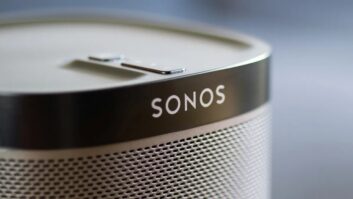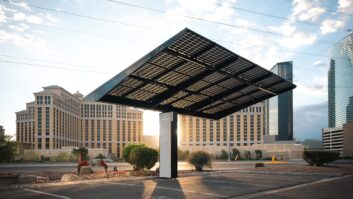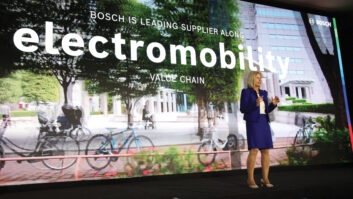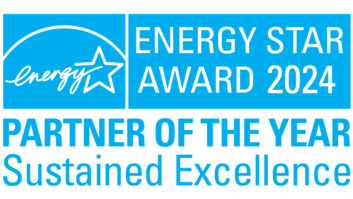
Washington — The Consumer Electronics Association (CEA) and the National Association of Broadcasters (NAB) are promoting an effort to make set top boxes more energy efficient.
The organizations have teamed up to promote the efforts of 15 multichannel video service providers and affiliated equipment manufacturers that are getting behind a voluntary and pro-active Set-Top Box Energy Conservation Agreement (STBECA), expected to save as many as 90 million U.S. households a total of $1.5 billion or more in annual residential electricity savings.
The companies behind the STBECA will meet regularly to review and update energy efficiency measures, and to host ongoing discussions with the Department of Energy (DOE), the Environmental Protection Agency (EPA), other interested government agencies and others involved in new technologies and equipment.
The EPA has said that Energy Star-qualified set-top boxes are 45 percent more efficient than conventional models.
“The new energy conservation initiative will produce more energy savings overall, and five years earlier than originally anticipated by the DOE in its most recent review of set-top box energy-conservation issues,” a statement from the CEA and NAB said. “Prior to this agreement, 2018 was the earliest date that any DOE set-top box standards would have been implemented.”
Service providers participating in the agreement include Comcast, DirecTV, Dish Network, Time Warner Cable, Cox, Verizon, Charter, AT&T, Cablevision, Bright House Networks and CenturyLink, and manufacturers Cisco, Motorola, EchoStar Technologies and Arris.
The voluntary, five-year agreement, which goes into effect Jan. 1, 2013, requires the following:
• At least 90 percent of all new set-top boxes purchased and deployed after 2013 will meet the U.S. Environmental Protection Agency (EPA) Energy Star 3.0 efficiency levels.
• For immediate residential electricity savings, Light Sleep capabilities will be downloaded by cable operators to more than 10 million digital video recorders (DVRs) already in homes. In 2013, telco providers will offer Light Sleep capabilities, and satellite providers will include an Automatic Power Down feature in 90 percent of set-top-boxes purchased and deployed.
• Energy-efficient whole-home DVR solutions will be available as an alternative to multiple in-home DVRs for subscribers of satellite and some telco providers beginning in 2013.
• Deep Sleep functionality in next-generation cable set-top boxes will be field tested and deployed.
The companies vowed to create accountability and support transparency by adhering to detailed processes for verification of set-top box performance in the field; annual public reporting on energy efficiency improvements; and posting of product power consumption information by each company for its customers.
“Our industry today commits to a comprehensive initiative that will lead the way to energy savings for consumers in this popular and rapidly evolving product category,” said Gary Shapiro, CEA president and CEO. “The Set-Top Box Energy Conservation Agreement will protect innovation and consumer choice while reducing energy use and saving money.”
“Providing American consumers with innovative services that deliver great video content and reduce in-home energy costs is win-win for customers and participating companies,” said Michael Powell, NCTA president and CEO. “Multichannel video providers and device manufacturers are proud to participate in this unprecedented initiative, and we will continue to pursue even more ways to reduce the overall energy footprint of our services.”











